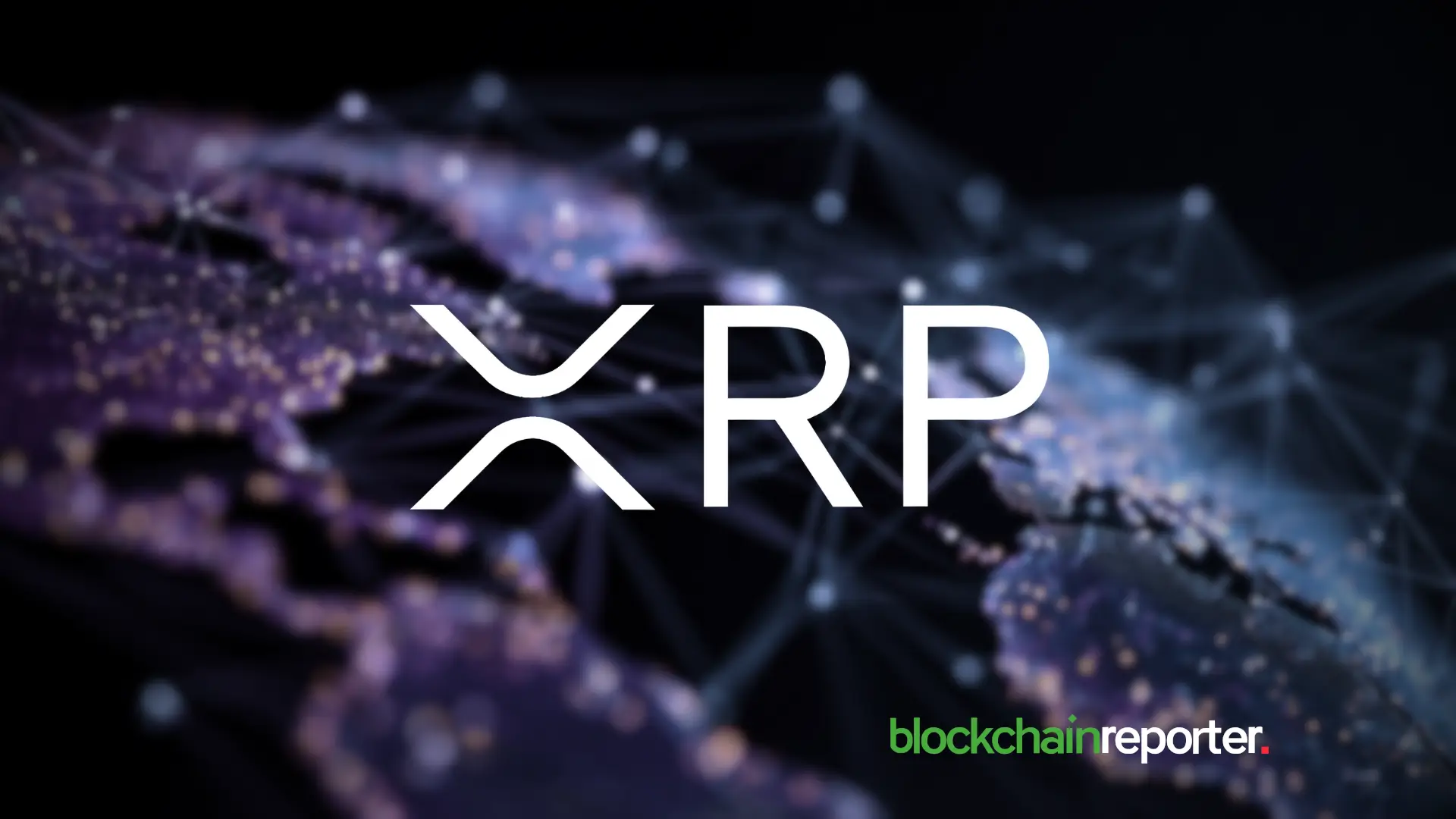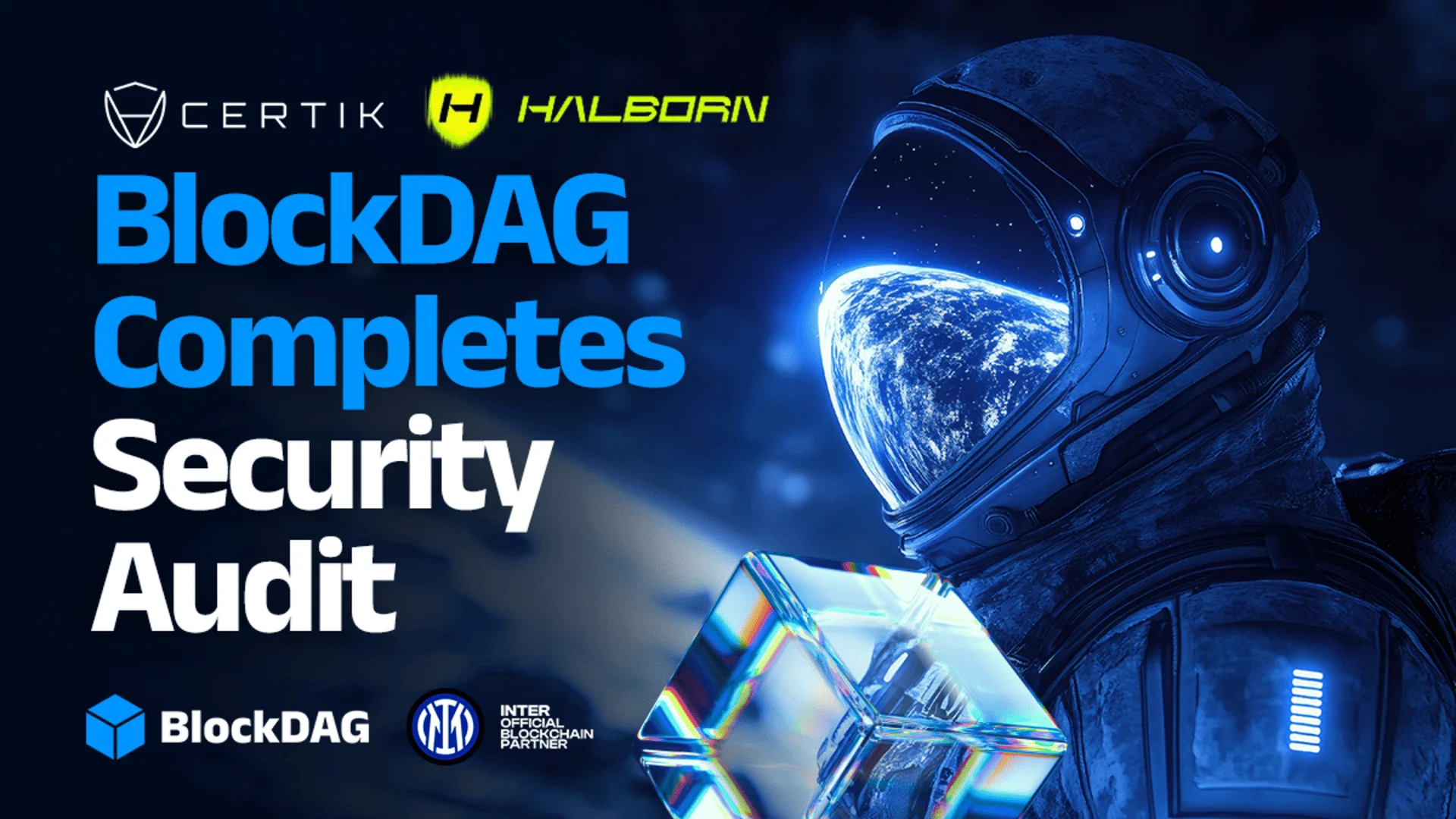Stablecoins vs Tokenized RWAs: Who Wins The Long Game?




A practical breakdown of how stablecoins and tokenized real-world assets differ in purpose, value, and long-term potential.
In the evolving world of digital assets, two categories have been gaining increasing attention for very different reasons: stablecoins and tokenized real-world assets (RWAs) .
While both use blockchain technology, they serve very different purposes and carry vastly different effects for investors, developers, and institutions alike.
In this article, we’ll break down the core differences between these two asset classes, explore their roles in the market, and examine which one has more upside over time.
What are stablecoins?
Stablecoins are cryptocurrencies pegged to a stable value (most commonly 1 USD) to minimize volatility. They serve as digital equivalents of fiat currency and are primarily used for:
- Facilitating digital payments
- Acting as a safe haven during market swings
- Enabling stable trading pairs on exchanges
The biggest names in the space include Tether (USDT) , USD Coin (USDC) by Circle, PayPal USD (PYUSD) , and DAI from MakerDAO.
To maintain their peg, stablecoin issuers are typically required to hold 1:1 reserves equal to their cash and short-term securities, but specific requirements may vary by jurisdiction. For example, Circle has made its reserve composition and investment principles publicly available through SEC filings , demonstrating a high level of transparency and regulatory alignment.
However, it’s important to remember that while stablecoins offer utility and relative stability, they are not designed for capital appreciation. Their value is inherently capped by their peg.
What are tokenized real-world assets (RWAs)?
Tokenized RWAs are on-chain representations of traditional or physical holdings like real estate, stocks, bonds, commodities, or even indices. Instead of a fixed peg to a fixed value, their price fluctuates with the underlying asset’s market value.
Some of the most popular categories being tokenized today include:
- Real estate: This is one of the most actively explored sectors for tokenization due to its traditionally high barriers to entry and limited liquidity. Companies like MultiBank Group ’s real estate initiative in Dubai aim to bring premium property exposure to a broader market by offering fractional access through digital tokens.
- US treasuries: U.S. government bonds are increasingly being tokenized to provide entry to secure, yield-generating instruments. Platforms such as ONDO Finance are already enabling this exposure, giving users DeFi-native entry to traditional fixed-income markets.
- Stocks and equity baskets: Equities and ETFs can be tokenized to streamline ownership, dividend distribution, and cross-border access without intermediaries.
- Indices and ETFs: These can be tokenized to give investors broad exposure to entire sectors or asset classes via a single digital asset.
- Precious metals and other commodities: Gold, silver, and even agricultural commodities are also being brought on-chain to allow round-the-clock global access and easier storage logistics.
These tokens allow for greater liquidity, fractional ownership, and global access, all while being settled and stored on-chain.
Purpose and accessibility explained
Stablecoins exist primarily to enable blockchain-based transactions with the familiarity and stability of fiat. They’re especially useful for cross-border payments, DeFi trading, and remittances. Their peg makes them ideal as a medium of exchange, but limits their appeal as long-term investments.
Tokenized RWAs, in contrast, are designed to democratize access to investment-grade assets that were traditionally out of reach for many. Whether it’s high-end real estate, sovereign bonds, or rare commodities, these tokens allow users to gain exposure without needing a brokerage account, high net worth status, or direct ownership of the physical asset.
Strategic thinking on growth versus stability
Zooming out, there’s a broader economic context to consider. While stablecoins mirror fiat currency, fiat itself is subject to inflation and declining purchasing power over time. In contrast, many real-world assets, especially real estate, land, and commodities, have historically appreciated in value.
Tokenized RWAs enable a strategic shift, moving beyond passive store-of-value holdings (like stablecoins) into growth-oriented, inflation-resistant assets. By allowing smaller investors to access markets once limited to institutions, tokenization has the potential to reshape wealth creation in the digital era.
MultiBank’s tokenization model is a prime example. Through its MBG utility token, users can gain exposure to premium property opportunities that would normally require large capital commitments and complex legal arrangements. Tokenization introduces fractional access to assets that were previously illiquid and exclusive.
Which one has more upside?
From an investment standpoint, tokenized RWAs present a more compelling case than stablecoins. While stablecoins are essential for payments and trading, they are not built for growth.
RWAs unlock access to multitrillion-dollar markets across real estate, public equities, and sovereign debt. Their design encourages yield generation, fractional ownership, and wider accessibility, features that resonate in today’s evolving digital economy.
In short, stablecoins preserve value , while tokenized RWAs aim to grow it .
As blockchain infrastructure and regulation mature, the demand for compliant, income-generating, and asset-backed tokens will likely increase. Players like MultiBank are already paving the way, combining institutional experience with Web3 accessibility.
Stablecoins and tokenized RWAs may share the same rails, but they serve entirely different purposes. Stablecoins are essential infrastructure for blockchain economies, offering stability, liquidity, and payment utility. But when it comes to investment potential and long-term upside, tokenized RWAs are in a league of their own.
They represent a new frontier for digital assets, one that’s asset-backed, yield-bearing, and potentially transformative. As tokenization matures, expect more investors, institutions, and regulators to shift their attention from coins that hold value to tokens that create it.

Can Unilabs Continue Generational Run? Expert Compares Upside to XRP’s 550% Rise in 2018
XRP price struggles under market pressure, while Unilabs Finance presale tops $13 million. Analysts ...

Crypto Whales Are Already Buying BlockchainFX at $0.02 – Presale Hits 5.6M in Just Days
BlockchainFX presale nears $6M as whales buy in at $0.02. With 500+ assets, staking rewards, and Vis...

$376M+ Raised: BlockDAG Might Be the Best Crypto Right Now You’re Missing
Discover why whales are flooding into BlockDAG’s $376M presale. With 2,660% ROI since batch 1 and a ...

